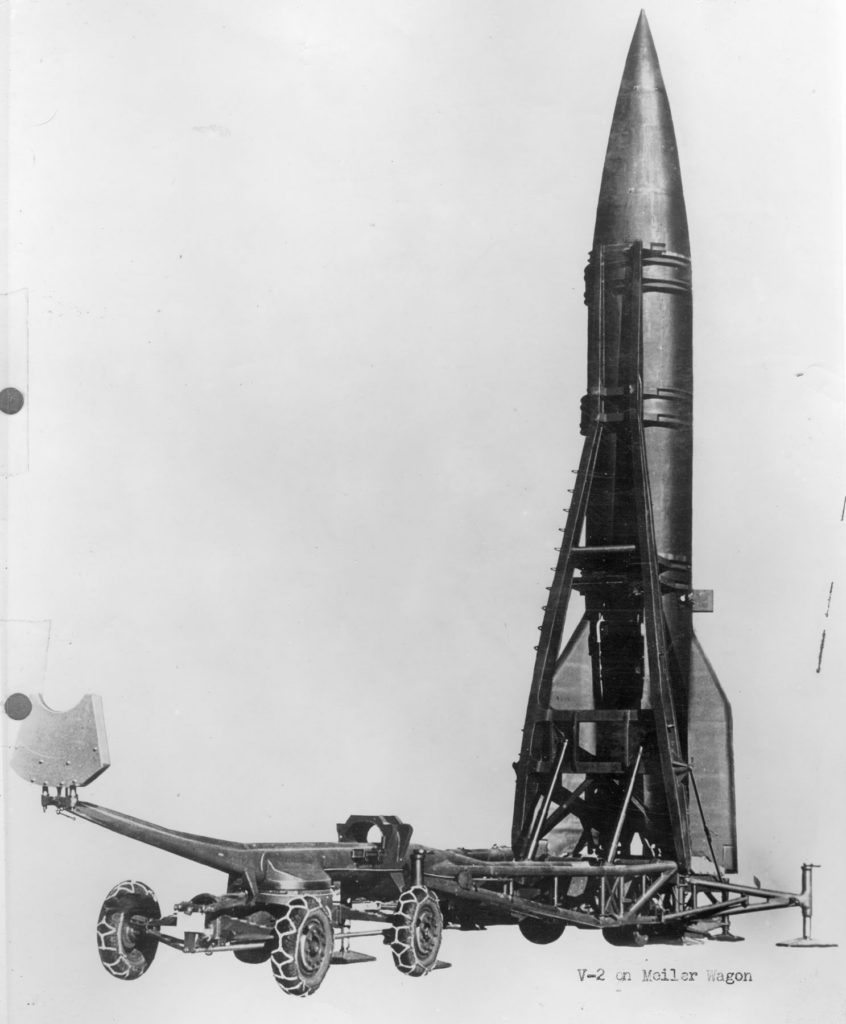

In retaliation and in a last-ditch attempt to win the war, Adolf Hitler ordered the ‘long-range bombardment of England’.ĭozens of towns and villages in the southeast, East Anglia and the northwest were hit. Life goes on as normal as milkmen deliver the morning round among the destruction caused by a V1 attack in Upper Norwood, London © IWM D21231.

Germany was losing the war and was seriously weakened by fighting on different fronts, including a brutal campaign against Britain’s ally the Soviet Union. The first V1 strike on London was on 13 June, a week after D-Day (6 June 1944), the Allies’ mammoth and successful amphibious assault to liberate Nazi-occupied north-west Europe. 6 people were killed and 42 injured © Roffster First came the V1 flying bomb, known in Germany as vergeltungswaffe, meaning ‘vengeance weapon’, and in Britain as the ‘doodlebug’ or ‘buzz bomb’.īlue plaque commemorating the first V1 bombing of London, Railway Bridge, Grove Road, Bow, London. The British had received intelligence reports about secret weapons but had largely dismissed them as German disinformation. Germany had been developing rocket technology at Peenemünde Army Research Centre since the 1930s. Lying horizontally, the rockets are marked B & C. Such images provided the Allies with the first hard evidence of the existence of German rocket technology. The history behind the V1 Flying Bomb This RAF reconnaissance photograph of a rocket test site at Peenemünde Army Research Centre on the Baltic Sea, Germany, was taken 23 June 1943. It was one of the worst losses of civilian life on British soil during the Second World War. Meanwhile, 123 passers-by were injured, many seriously. Of the victims, 33 were children, including babies in prams. Neighbouring shops and houses were reduced to rubble while choking dust and smoke filled the air.ġ68 people were killed outright: some of them in the neighbouring Co-op and some at their desks in nearby offices. Streets were ankle-deep in glass and blood-stained survivors lay on the pavements or staggered around in a daze or hysterics.

The colossal blast threw people in the air, overturned lorries, and caused vehicles to burst into flames. The aftermath resembled battlefield carnage. In 1946, a modified V2 launched from White Sands Missile Range in New Mexico reached an altitude of 65 miles (105 km) and took the first photograph of Earth from space, Air & Space Magazine reported.On 25 November 1944 at 12.26 pm on a busy shopping Saturday, a German V2 rocket bomb made a direct hit on a crowded Woolworths store in London’s New Cross. The American military in post-war Germany also captured several V2s at various stages of assembly and shipped them to the United States, where they became the foundation of the fledgling space program. He claimed not to know about Nazi atrocities but he was a member of the Nazi paramilitary SS ("Schutzstaffel," meaning "protection squad") and according to the White Sands Missile Range Museum more than 12,000 forced laborers died on his V2 production line in a single year.īut von Braun was captured by the Americans after the war and became a pioneer of the Space Race in 1960, he was appointed director of NASA's Marshall Space Flight Center, where he developed the rockets that propelled the Apollo spacecraft to the moon. Von Braun himself is a controversial character. Image gallery: WWII lard, relics revealed by stormsīut it now seems that the Nordhausen plant was only an assembly line, and the three-letter codes show that the Nazis made the V2 parts in factories as far afield as occupied Czechoslovakia, Sean Welch said.


 0 kommentar(er)
0 kommentar(er)
